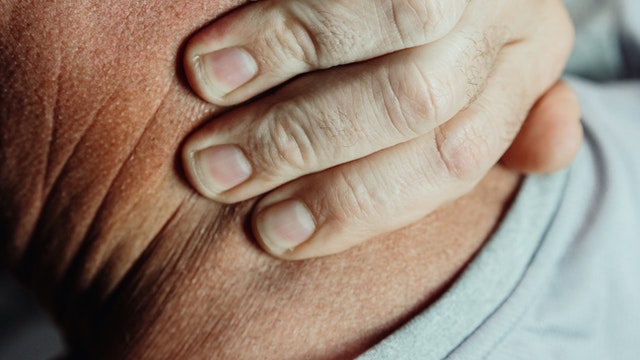Whether you’re suffering from an injury, arthritis or inflammation, we know that a lot of older adults struggle terribly with joint pain. That’s why we’ve compiled some of our best tips and tricks to ease joint pain at home.
1. Try to maintain a healthy weight
We know it’s easier said than done, but maintaining a healthy weight is one of the best ways to relieve joint pain! That’s because, by being a healthy weight, you will remove any excess strain on your joints, caused by carrying extra pounds. Our hips, knees and ankles especially struggle if we’re heavier than our frame should be, as the weight combined with gravity puts extra force on the lower half of your body, especially when walking or standing up from a sitting position.
If you aren’t sure if you’re a healthy weight or not, a rough rule of thumb is the NHS BMI calculator. Generally speaking a BMI of 18-5 to 24.9 is considered healthy.
The best way to maintain a healthy weight is to eat healthily. Should you need help with this, our empathetic carers would be delighted to assist you with shopping and meal prep.
- forgetting information recently learnt
- repeated questioning
- telling the same story over again
- misplacing objects.
2. Diet
A healthy diet can help you maintain a healthy weight, and a healthy weight will put less pressure on your joins. However, there’s also some suggestion that certain foods help with joint pain. Some studies suggest that the ‘Mediterranean diet’ can help reduce joint pain.
This consists of:
- High amount low-glycemic fruits and vegetables
- High amount of unsaturated fats (e.g. olive oil)
- Moderate amount of fish
- Low amount of red meat / dairy
To try to ease joint pain at home, why not try some meals of fish and vegetables, with a fruit salad to follow?
3. Topical assistance
Some people find ice or heat helpful in easing joint pain. Invest in some ice packs, heat packs (that you can put into the microwave) and some on-the-go alternatives like Deep Heat and Deep Freeze gels.
Many people also find topical ibuprofen gels help reduce joint pain, but be sure to talk to a pharmacist or medical professional before using.
4. Correct footwear
Wearing the wrong shoes can have a disastrous knock-on effect with your joints. If your shoes are ill-fitting, unsupportive or un-cushioned, you can shock up your legs and into your knees and hips, causing more joint pain. This in turn can lead you to overcompensate with your back, resulting in back pain!
That’s why it’s so important to wear comfortable shoes at all times to ease joint pain at home and on the move. Invest in a pair of trainers with memory foam soles to reduce impact and favour brands like Moshulu for more formal shoes. They implement shock-resistant cork in most of their sandals and boots, allowing you to look fabulous, but still stay comfortable.
6. Massage
Massage can increase blood flow and help reduce inflammation. If you’re able to attend regular massages, this can assist with reduction of joint pain. Even if you’re not able to attend a massage elsewhere you can ease joint pain at home by investing in a massage machine, or by massaging yourself.
If your joint pain is severe, make sure you contact your GP to discuss other options.
Should your joint pain make certain at-home tasks difficult, speak to Carers2u. We provide empathetic carers to assist with domestic chores, walks, physiotherapy and much more. Simply get in touch today!
If you can, try to take baths when you’re suffering from joint pain, as this will help ease your muscles, and relax you too!




